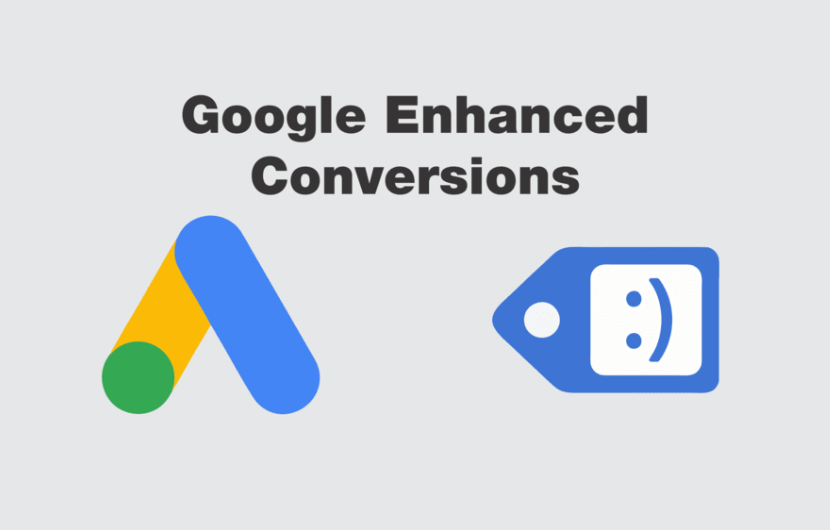
Introduction:
In the dynamic landscape of online business, the ability to understand and optimize your website’s performance is paramount. Google Analytics, a powerful web analytics tool, serves as an invaluable asset for businesses aiming to enhance their online presence. One of its key functionalities is conversion tracking, a feature that allows you to measure and analyze the effectiveness of your website in converting visitors into valuable actions, such as purchases, sign-ups, or downloads.
This article delves into the advanced features of Google Analytics that can be leveraged to enhance conversion tracking, providing actionable insights and strategies to optimize your online conversion funnel.
- Set Clear Goals:
Before delving into advanced features, it’s crucial to establish clear and measurable goals within Google Analytics. Whether it’s tracking product purchases, lead generation forms, or specific user interactions, defining your objectives lays the foundation for effective conversion tracking.
Navigate to the “Admin” section in Google Analytics and set up your goals using the “Goals” tab. Be specific in defining your goals to ensure accurate tracking of conversions.
- Utilize E-commerce Tracking:
For online businesses, e-commerce tracking is a game-changer. It provides detailed insights into the entire customer journey, from product views to successful transactions. Activate e-commerce tracking in your Google Analytics account and integrate the necessary code into your website to unlock a wealth of information regarding product performance, revenue, and transaction data.
- Implement Enhanced E-commerce Tracking:
Take your e-commerce tracking to the next level with enhanced e-commerce tracking features. This advanced functionality provides granular insights into the shopping behavior of your users. Track metrics such as product impressions, product clicks, and promotion performance. This data empowers you to make informed decisions about product placement, pricing strategies, and promotional efforts.
- Utilize Multi-Channel Funnels:
Understanding the customer journey involves acknowledging the various touchpoints users engage with before converting. Multi-Channel Funnels in Google Analytics provides a comprehensive view of the paths users take across different channels before completing a conversion.
By analyzing these paths, you can optimize your marketing channels, attributing value to each touchpoint in the conversion process. This enables you to allocate resources effectively and focus on channels that contribute most significantly to conversions.
- Implement Custom Conversion Attribution Models:
Google Analytics offers a variety of default attribution models to assign value to touchpoints in the conversion journey. However, businesses often have unique user behaviors that require custom attribution models. Experiment with different models to understand how various touchpoints contribute to conversions and tailor your attribution model to align with your specific business goals.
- Utilize User ID Tracking:
For businesses with a user login system, implementing User ID tracking allows you to associate user interactions across multiple sessions. This feature provides a holistic view of user behavior, enabling you to analyze the complete user journey and make data-driven decisions to enhance the user experience.
Conclusion:
Google Analytics is a potent tool for businesses seeking to optimize their online performance, and effective conversion tracking is at its core. By leveraging advanced features such as e-commerce tracking, enhanced e-commerce tracking, multi-channel funnels, custom attribution models, and user ID tracking, businesses can gain valuable insights into user behavior, streamline their marketing efforts, and ultimately maximize conversions. Stay proactive in exploring and implementing these advanced features to stay ahead in the competitive online landscape.
